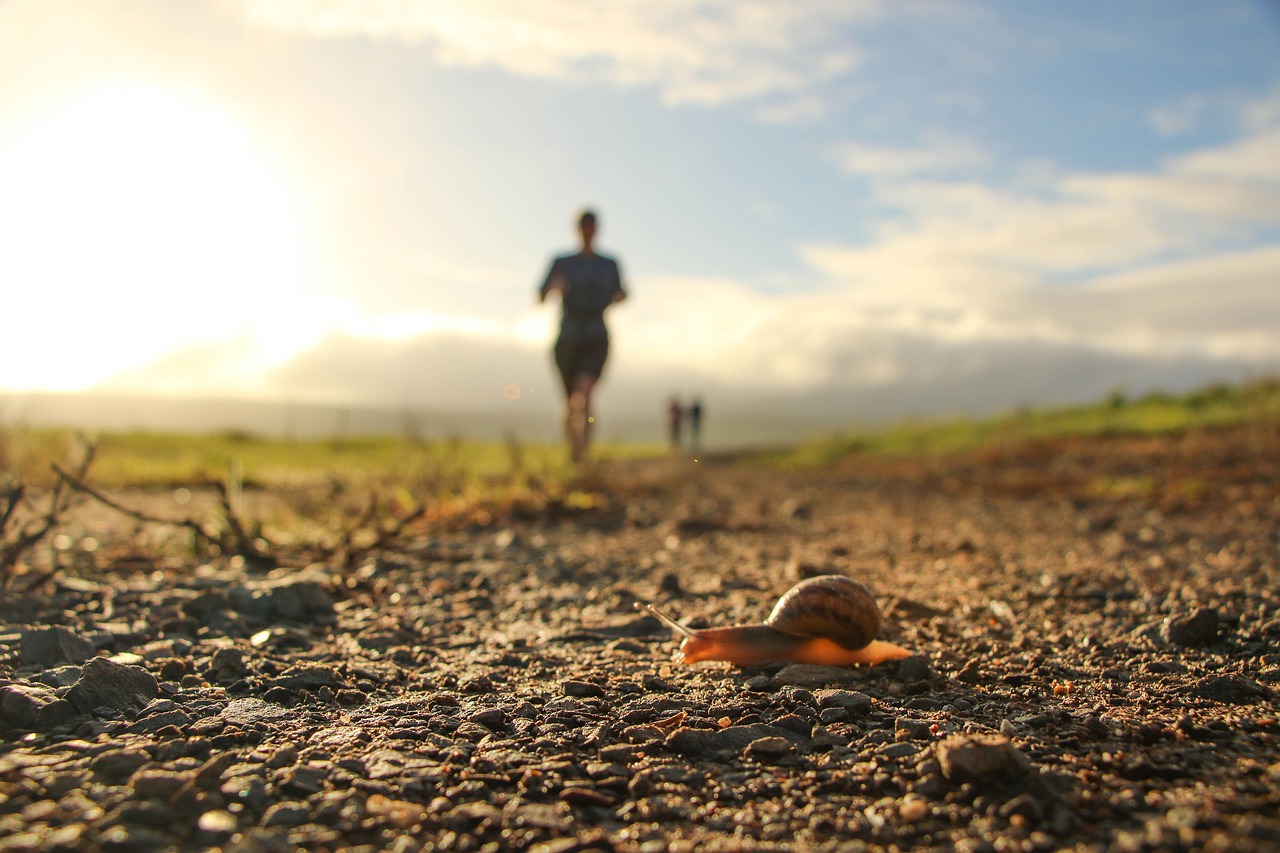When it comes to marathon training there are so many options of types of training, but one most people don’t use is trail running. Here we’ll explore how it could just help you run a PB next time 26.22 miles comes around.
Training load
Generally we look at training load as an overall picture, factoring in miles and the effort for those miles. What we tend not to look at is the specific muscles being used. Road running and trail running use the leg muscles slightly differently. By adding in the odd trail run, you can spread the load a little, meaning a potential reduction in the risk of overuse injuries commonly seen in runners.
Many injuries are caused by a lack of strength or mobility. Providing you’re stretching, having massage or rolling/releasing, adding in extra work to the muscles around a joint makes it more stable through increased strength of those muscles. This extra stability gives rise to greater mobility, helping with either faster or more consistent running.
Slow down
It’s not uncommon for the weekly slow/easy runs to be a little more effortful than they perhaps should be. I’ve seen it in friends, clients and even myself, but hitting the trails can be a great way to encourage you to slow down. The scenery can let you take photographs and soak in the beauty of nature, providing a calming effect during what can be a pretty stressful period of time, with training volume increasing despite all the normal life and work commitments. Just keep in mind that trail running is a little harder, so slow down more than you would for a road run.
Foot movement
There’s no denying that trail running makes your foot and ankle muscles work much harder. This is a great reason to run trails from time to time. You’ll build a little more endurance, but without the impact that longer road runs inherently create. This extra strength and endurance means your legs may fatigue later than normal during a marathon, allowing you to stave off the big loss of time many people see as they slow in the final miles of their race.
The other side of leg and foot movement is that you have to be on the lookout for tree roots, rutted ground from tractors and generally uneven surfaces. This encourages you to pick up your heels a little more, which for many people is something that could see them run a faster marathon, avoiding the shuffle and over-stride that often presents itself.
Whether it’s enjoyment of trails creating enthusiasm for running in general, or the more physiological benefits of running off-road, don’t be afraid to add some trail runs into your marathon plan.
Written by Kyle Brooks, Running Coach based in Norwich, Norfolk

